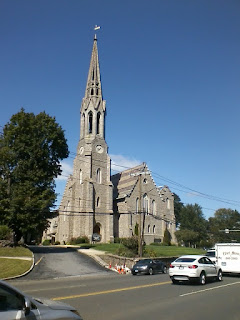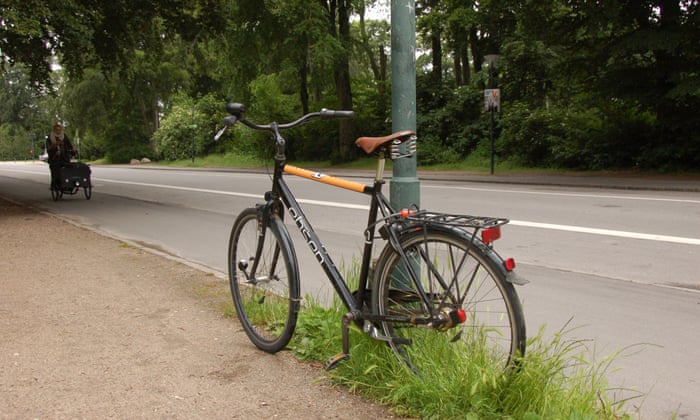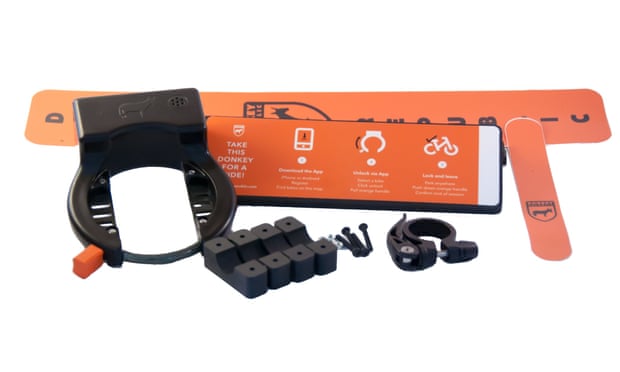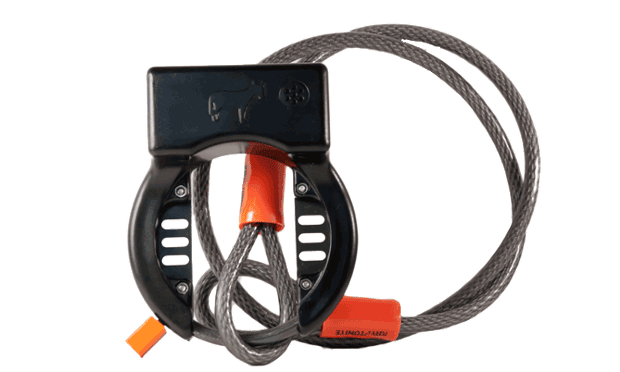So...Is today the first day of "fall"? Or is it the first day of "autumn"?
Whichever word you choose, it's the season that began this morning in this part of the world (i.e., the Northern Hemisphere). Most people use "Fall" most of the time. I do, too, at least when I'm speaking. Using "autumn" in most everyday speech sounds affected or like a translation from another language. At least, that's how most English-speakers hear it, I think.
But each of those words has its purpose and flavor. "Fall" is both visual and visceral: You can picture leaves dropping from branches and feel the descent from the fulsomeness of summer. "Autumn", on the other hand, has more of a melancholy feel to it: You can hear the echo of sadness being born, of an ache that is just beginning to pulse. "Fall" is what happens in parables and allegories; "autumn" is what reverberates through poems from poets as diverse as John Keats, Stephane Mallarme, Robert Frost, Emily Dickinson and Edgar Allan Poe.
Today I discovered a very good reason why cyclists should say "autumn" instead of "fall". It's not that we need polysyllables to make ourselves look smart. Rather, if you Google "cycling autumn", you will see images of people riding bikes along paths and roads ablaze with trees that have turned from green into the colors of the setting sun, as well as links to websites with information about rides in places like Vermont, where people are riding (or will soon ride) along those paths and roads. You will also find advice on what to wear and eat, and reasons why cycling in autumn is so "awesome". (The assonance of "autumn" and "awesome" alone is reason to ride this season!)
On the other hand, if you Google "cycling fall", you'll find some of those same images and websites. But you'll also see pictures of riders tumbling off their bikes and "worst bike crashes" videos. You'll also find articles on how to prevent falls and the things that can happen to you if you do happen to take a spill while on two wheels.
Now you tell me: Are you cycling in autumn, or fall?
Whichever word you choose, it's the season that began this morning in this part of the world (i.e., the Northern Hemisphere). Most people use "Fall" most of the time. I do, too, at least when I'm speaking. Using "autumn" in most everyday speech sounds affected or like a translation from another language. At least, that's how most English-speakers hear it, I think.
But each of those words has its purpose and flavor. "Fall" is both visual and visceral: You can picture leaves dropping from branches and feel the descent from the fulsomeness of summer. "Autumn", on the other hand, has more of a melancholy feel to it: You can hear the echo of sadness being born, of an ache that is just beginning to pulse. "Fall" is what happens in parables and allegories; "autumn" is what reverberates through poems from poets as diverse as John Keats, Stephane Mallarme, Robert Frost, Emily Dickinson and Edgar Allan Poe.
| From Wheelsuckers (UK) |
Today I discovered a very good reason why cyclists should say "autumn" instead of "fall". It's not that we need polysyllables to make ourselves look smart. Rather, if you Google "cycling autumn", you will see images of people riding bikes along paths and roads ablaze with trees that have turned from green into the colors of the setting sun, as well as links to websites with information about rides in places like Vermont, where people are riding (or will soon ride) along those paths and roads. You will also find advice on what to wear and eat, and reasons why cycling in autumn is so "awesome". (The assonance of "autumn" and "awesome" alone is reason to ride this season!)
 |
| From Cycling across America |
On the other hand, if you Google "cycling fall", you'll find some of those same images and websites. But you'll also see pictures of riders tumbling off their bikes and "worst bike crashes" videos. You'll also find articles on how to prevent falls and the things that can happen to you if you do happen to take a spill while on two wheels.
Now you tell me: Are you cycling in autumn, or fall?






















